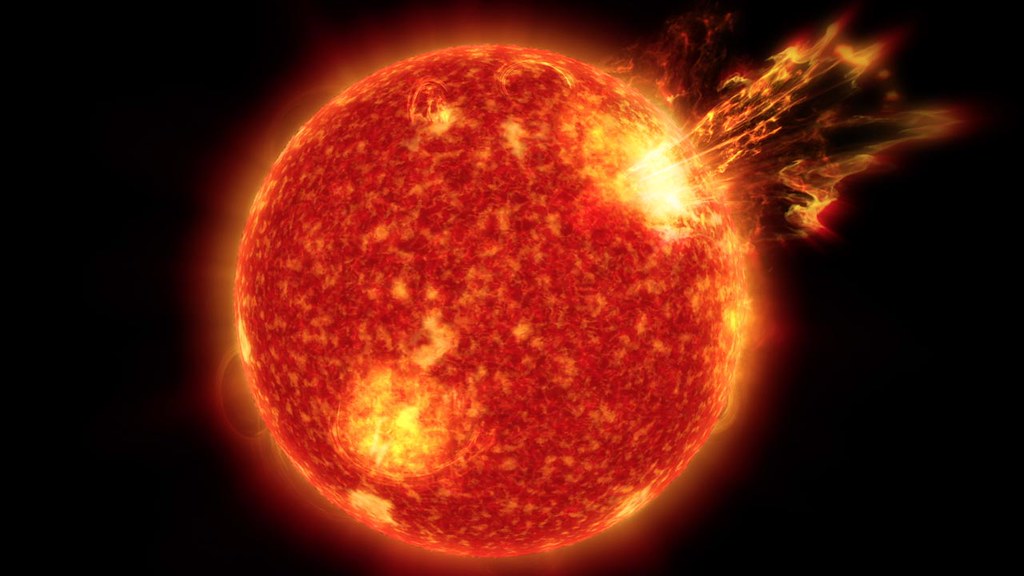A new AI system can now predict dangerous solar storms with unprecedented accuracy, giving vital warning time to protect the technology we use every day.
University of Genoa researchers have trained their AI to detect subtle warning signs of solar storms – like changes in magnetic fields and solar wind – that humans often miss. Traditional methods have approximately 12 hours of uncertainty in predicting CME travel times. In the case of the May 2024 storm, this AI achieved prediction accuracy with uncertainty as small as one minute.
The system proved its worth during May 2024’s massive solar storm, which caused widespread GPS disruptions. Think of a solar storm like an invisible hurricane in space – when it hits Earth, it can knock out satellites controlling our phones, internet, and power grids. The AI acts like an early warning system, giving companies time to protect their equipment before the storm hits.
“Despite advances in observational capabilities and model development, there remains substantial uncertainty in both flare forecasting and CME travel time predictions,” says lead researcher Sabrina Guastavino. “This AI changes that by spotting patterns we couldn’t see before.”
The timing is crucial. The Sun is currently in Solar Cycle 25, showing stronger activity than NASA and NOAA expected. They predict about 115 sunspots when the cycle peaks around July 2025. Each sunspot can potentially trigger a coronal mass ejection – a massive burst of solar energy traveling hundreds of miles per second through space.
Similar posts
When these storms hit Earth, they don’t just affect satellites – they impact daily activities like:
- Using map apps for directions
- Making electronic transactions
- Using communication systems
- Using mobile phones
- Maintaining stable power supply
The AI helps power companies and satellite operators prepare their systems. “The AI predicts both timing and intensity,” the research team explains, “letting us match our defenses to each storm’s strength.”
Scientists are now expanding the AI’s capabilities to study more solar events. Each successful prediction improves our understanding of how to protect the technology that powers modern life from the Sun’s powerful outbursts.

The breakthrough comes as we increasingly rely on satellite technology for daily tasks. By giving advance warning of solar storms, this AI system helps ensure our connected world keeps running smoothly, even when the Sun acts up.
This development marks a significant shift from reactive to proactive protection of Earth’s technology infrastructure. As Solar Cycle 25 approaches its peak, the AI system offers a new shield against solar disruptions, helping maintain the technological systems we depend on every day.




